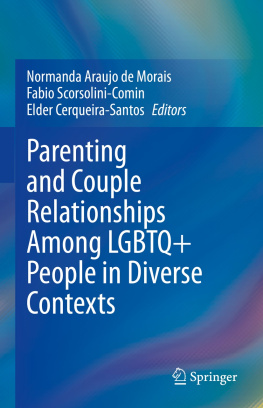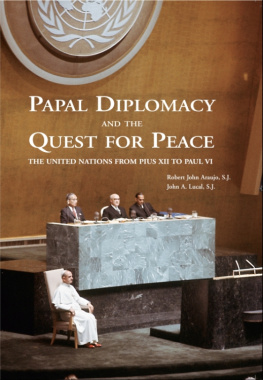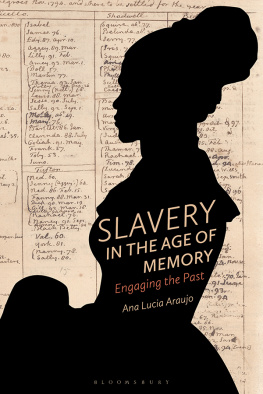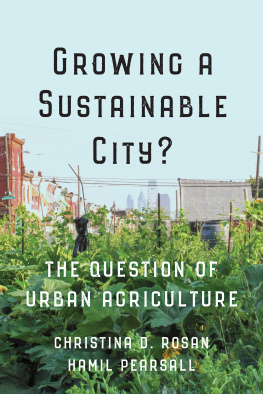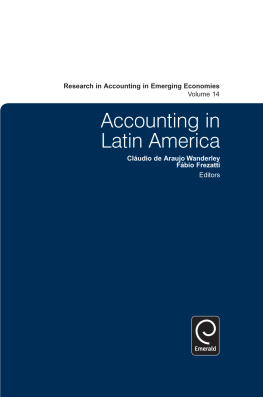The City is Me
The City is Me
by Rosane Araujo
Intellect Bristol, UK / Chicago, USA
First published in the UK in 2013 by Intellect, The Mill, Parnall Road, Fishponds, Bristol, BS16 3JG, UK
First published in the USA in 2013 by Intellect, The University of Chicago Press, 1427 E. 60th Street, Chicago, IL 60637, USA
Copyright 2013 Rosane Azevedo de Araujo
All rights reserved. No part of this publication may be reproduced, stored in a retrieval system, or transmitted, in any form or by any means, electronic, mechanical, photocopying, recording, or otherwise, without written permission.
A catalogue record for this book is available from the British Library.
Cover designer: Holly Rose
Cover: image, conception and creation by Rosane Araujo
Copy-editor: Heather Owen
Typesetting: John Teehan
Production Manager: Melanie Marshall
Translator: Lucio Paulo de S.Ferreira
ISBN 978-1-84150-639-5
Printed and bound by Hobbs the Printers Ltd, UK.
Because Freedom is not being any and other Person, but being this unique and absolute city, this absoluticity which nobody else is as only I am, even though I am imprisoned in it: citadel of singularity, UniCity.
(MD Magno, 2006)
Temple of Poseidon Athens Greece
Photo: Manoela Dantas, 2011
Contents
Acknowledgements
The City is Me is the result of an Urbanism doctorate dissertation, at PROURB (Post-graduate Urbanism Program) in the College of Architecture and Urbanism at Federal University of Rio de Janeiro (UFRJ) / Brazil. For this reason I thank Professor Denise Pinheiro Machado, for accepting my urban issues; Professor Lucia Maria S. A. Costa for her fundamental support and very important tips for the structuring of the dissertation; Professor Rachel Coutinho and each professor, colleague, contributor and employee at PROURB/UFRJ, a place where one strives for excellence in research in the field of Urbanism.
I thank Professor Ana Clara Torres Ribeiro (IPPUR/ UFRJ) for reading and for presenting precise analysis of the thesis, which were very useful for future reflection.
This research was awarded a national prize as the best Brazilian dissertation in the area of Architecture and Urbanism: Prmio Capes de Teses 2008. For this reason I thank CAPES: Coordination for the Improvement of Higher Level Personnel, Secretary of Education - through its representatives among which I highlight its president, Professor Jorge Almeida Guimares as well as Professors Emdio Cantdio de Oliveira Filho and Sandoval Carneiro Junior - as much for this outstanding award which brings recognition to researchers and research in Brazil, as for the encouragement of my Post- Doctorate internship, very fruitful for the settling of issues raised by the dissertation.
I thank Professor Clara Irazabal for her kind and generous reception at Columbia University that was decisive for me to return there often; I thank very much Columbia University in New York, through Professors Robert Beauregard and Prof. Mark Wigley, for designating me as a Visiting Scholar (2010-2012) by the Graduate School of Architecture, Planning and Preservation, which allowed me access as a member of their community.
I thank Prof. Nuno Portas for a memorable meeting at the Sacred Heart Church, in Lisbon, and the lesson in Architecture that this meeting provided.
A very special thanks to MD Magno, for the tool that enables to articulate the transformations of the contemporary world and some possible solutions.
I also thank each member of the group NovaMente, a Brazilian center for advance research and innovation in Psychoanalysis.
I thank Gilles Grelet who published in French, by LHarmattan publishers, a small chapter I wrote on this subject at an early phase of its articulation.
I would like to thank ECIA, an architecture and engineering company, for their support.
I cannot thank enough Octavio Araujo and Rudicia as well as a great number of relatives and dear friends here represented by Isadora Dantas, Manoela Dantas, Jos Dantas, Otavio Azevedo, Fernando Azevedo, Carlos Azevedo, Carlos Fernandes, Aristides Alonso, Potiguara Mendes da Silveira Jr., Mariza Weber, Teresa Rosolem, Antonio Boente. Finally, I am very grateful and would like to thank colleagues, editors, and all the kind people involved in this project.
Preface
Part One: This is what I wrote before I read the book:
At this point, Rosane Araujo had just sent me a pdf and I hadnt yet read the book. But lets imagine that I was in a bookstore and I saw that title, The City is Me. Because I happen to know the author, my attention, already drawn by the title would now become more focused. What would I do? Like you might, I would check the blurbs on the back cover and the table of contents. And then I would make a decision as to whether I wanted to buy the book or not. So here is what the title and the table of contents suggested to me:
The city is me. First reaction: Yeah, right! So is the world, so is the universe. The world is what I know of it. Even what other people know about it that I do not or did not know, feel, or understand, once I were given a chance to find these things out, they could only come to my attention alone, hence to be known and equated by me only. The rest, that is everything that I neither know nor suspect, simply does not exist for me. So I can easily imagine that this book will eventually tell me that the world, in fine, is me. Of course, it is different for each one of us and contains only what we see and what we are exposed to. But for the city to be selected above so many other belonging and defining environments we live in, that must mean something. So I go to the table of contents to see why: it is full of intriguing and suggestive chapter headings. I can see that the book will attempt a careful and duly-referenced demonstration that the concepts of the city and the philosophical and psychological knowledge about the self are connected. But there is one word that springs to my eyes: orbanism. Instantly I get a kind of intuitive confirmation that the slip from city to world I mentioned above is actually implicit in the contraction of urb and orb. That does it. I am buying the book!
Part Two:
Well guess what? I went straight to the definition of orbanism in and, to my complete surprise, I found myself quoted just about that concept:
...the 21st century urbanism would transmute into orbanism, where, given that we would no longer have borders or limitations as reference, we would treat as city not only the world, but also the known and yet to be known universe.
Some authors, in different fields of knowledge, already point to this direction. For instance, Derrick de Kerckhove, (former) director of the McLuhan Program in Culture and Technology and professor at the University of Toronto, affirms that in the informational context in which we live, architecture and urban planning will start to be thought in terms of communication accessibility, not only in terms of road and water infrastructure. To give sense to what he means, he produces a new terminology and affirms that the work of the cybertect is to create trustworthy routes and useful environments in cyberspace and between cyberspace and the real space. We can then add that we are talking about cybertecture, which is the conception of an architecture in which the tools and questions at stake are immersed in the new technological and digital environment that we are starting to inhabit. It is not the world that is globalizing, it is us. Cyberculture implies seeing through matter, space and time with our informational techniques. Technology enables us to have physical access and displacement to distant regions, creating a situation where we are contained in the global sphere. When we think globally, communicate and trade from the place which we occupy, we include the global sphere internally: we contain the earth in our minds and in our networks.





